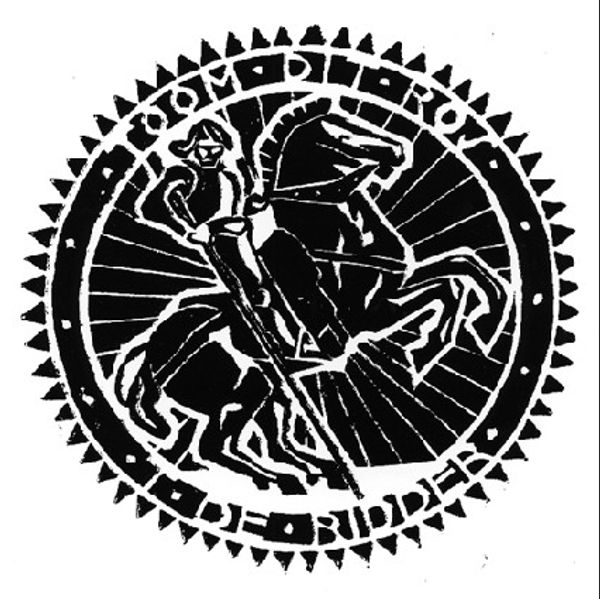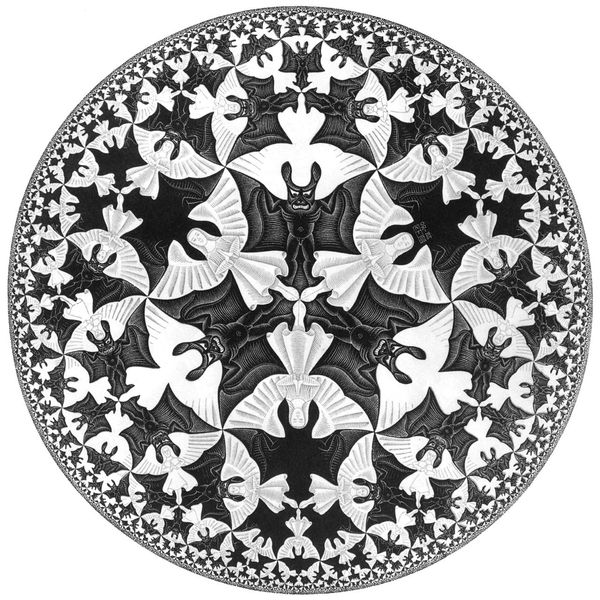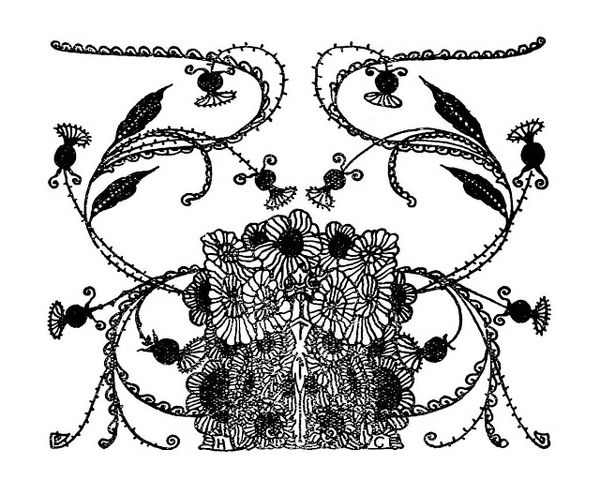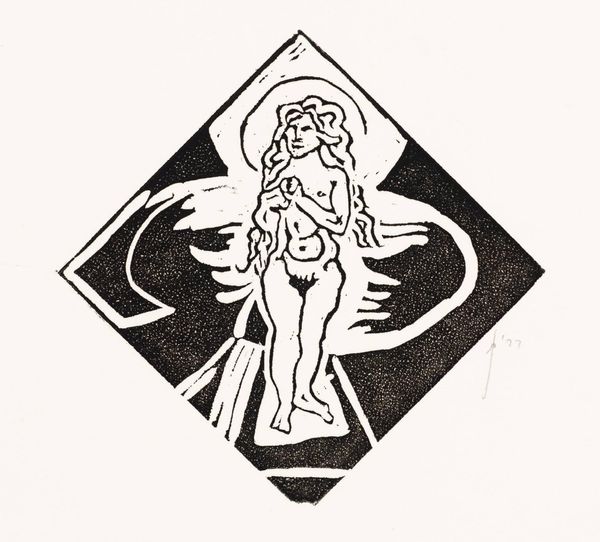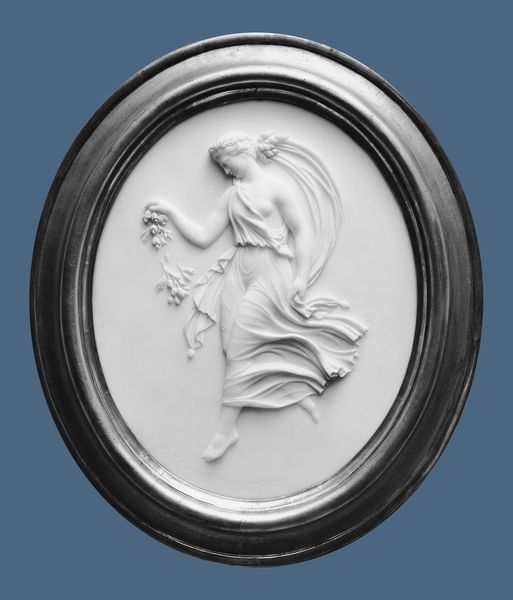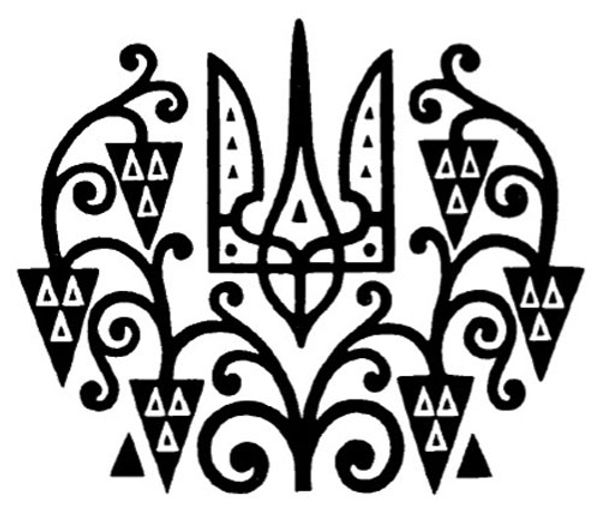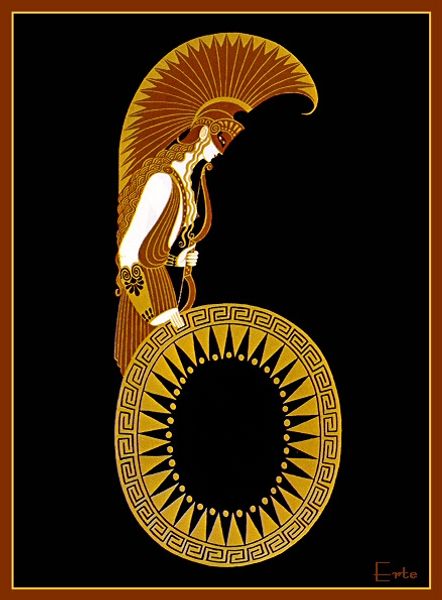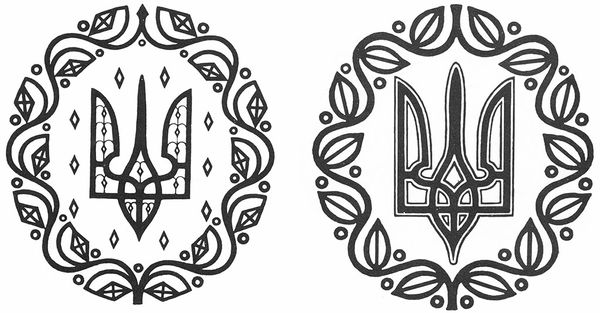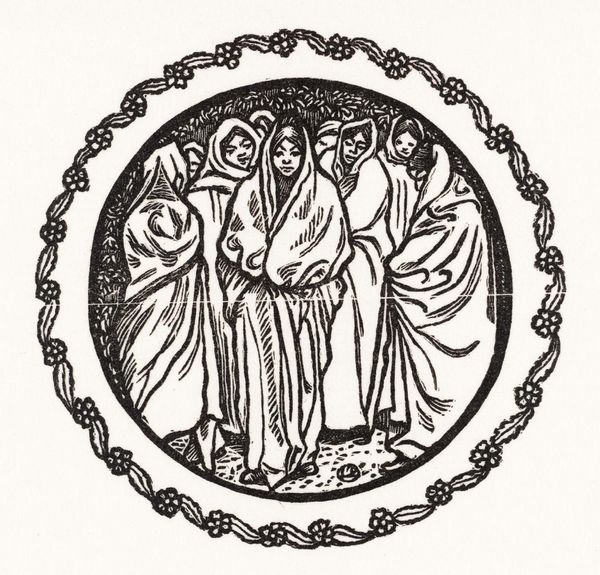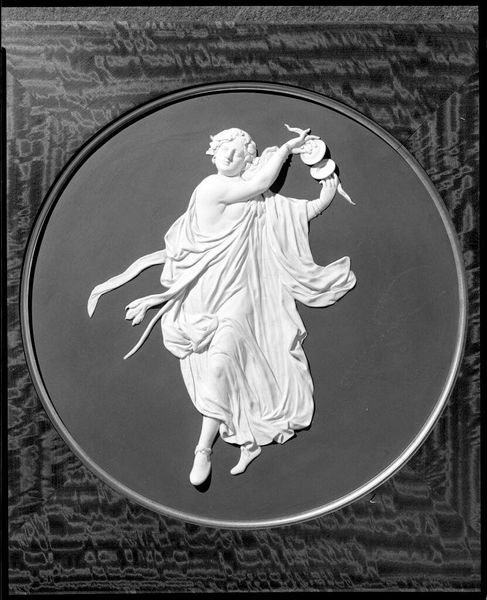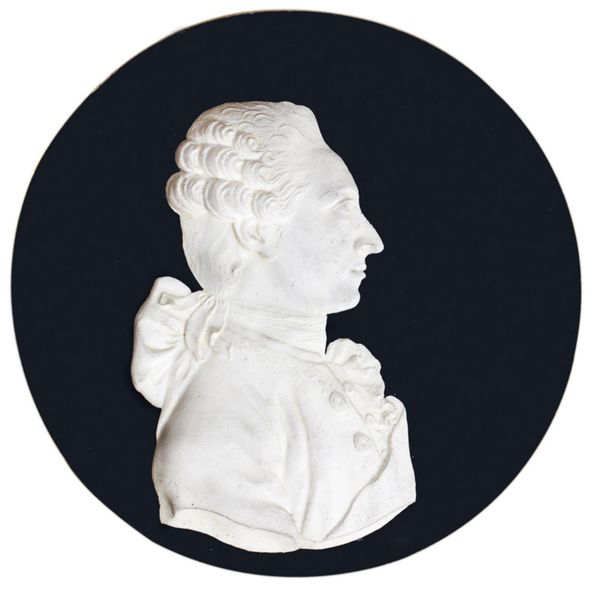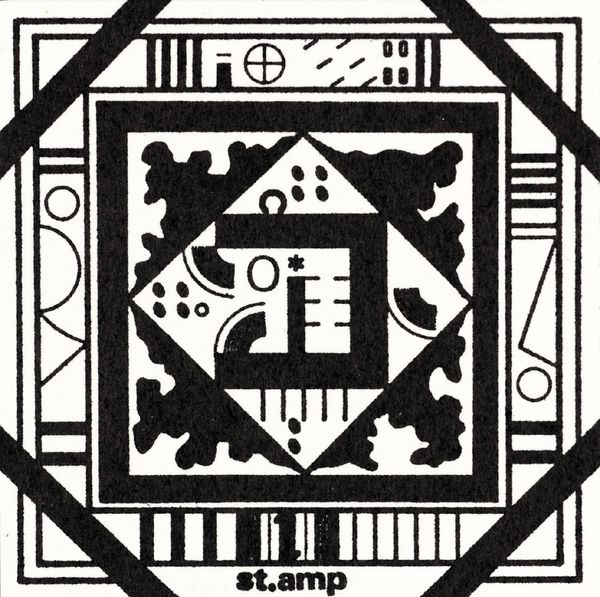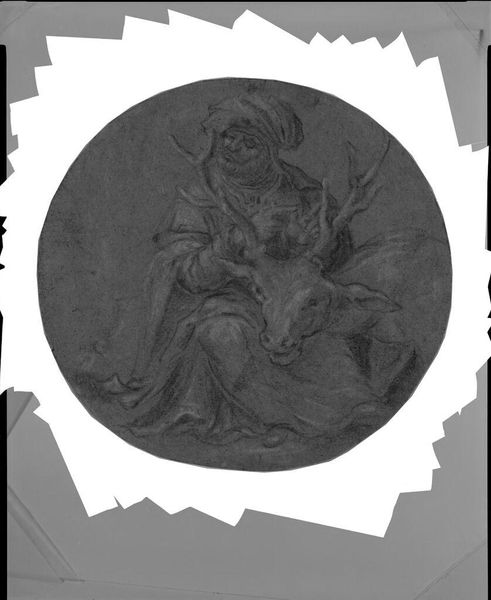
drawing, ink
#
portrait
#
drawing
#
pen illustration
#
figuration
#
ink line art
#
ink
#
symbolism
Copyright: Public domain
Editor: This is Harry Clarke's ink drawing "The Year's at the Spring," created in 1920. The stark black and white image depicts a profile of a knight or nobleman, framed by a decorative circular border. It feels very contained, almost claustrophobic. What strikes you most about this piece? Curator: What jumps out to me is the painstaking labor evident in the ink work. Consider the mass production of imagery at the time. Why painstakingly render this intricate helmet and feathered plume? It’s a deliberate choice that elevates craft, that elevates handmade uniqueness against the rise of industrialized imagery. Editor: That's a good point. There is so much detail! What do you think the stark monochrome palette contributes to its meaning? Curator: It boils it down to the essentials of production. Just ink, just paper, just the artist's hand. In doing so, Clarke rejects any sort of trickery. We're focused on the "how" and "why" something is made, not on some illusory spectacle. The very limitations of materials are on full display here. Look closely at the tiny individual dots creating a stippled effect to define edges... Editor: It really does force you to appreciate the work involved, the sheer dedication to the process. It makes me wonder who Clarke imagined this image would be seen by, and how that context informed his meticulous approach. Curator: Precisely. And think about the consumption of these images. Were they luxury items, enjoyed by a select few? How accessible were these handmade drawings in a world increasingly dominated by mass-produced prints? This piece provides fascinating insight. Editor: I hadn’t considered the material constraints and the socio-economic context as impacting the drawing so deeply. Curator: Exploring the means of production can unlock surprising perspectives. It's about seeing the choices artists make and understanding how those choices speak to a broader social and economic reality.
Comments
No comments
Be the first to comment and join the conversation on the ultimate creative platform.
